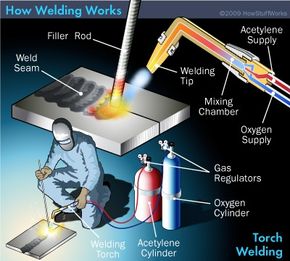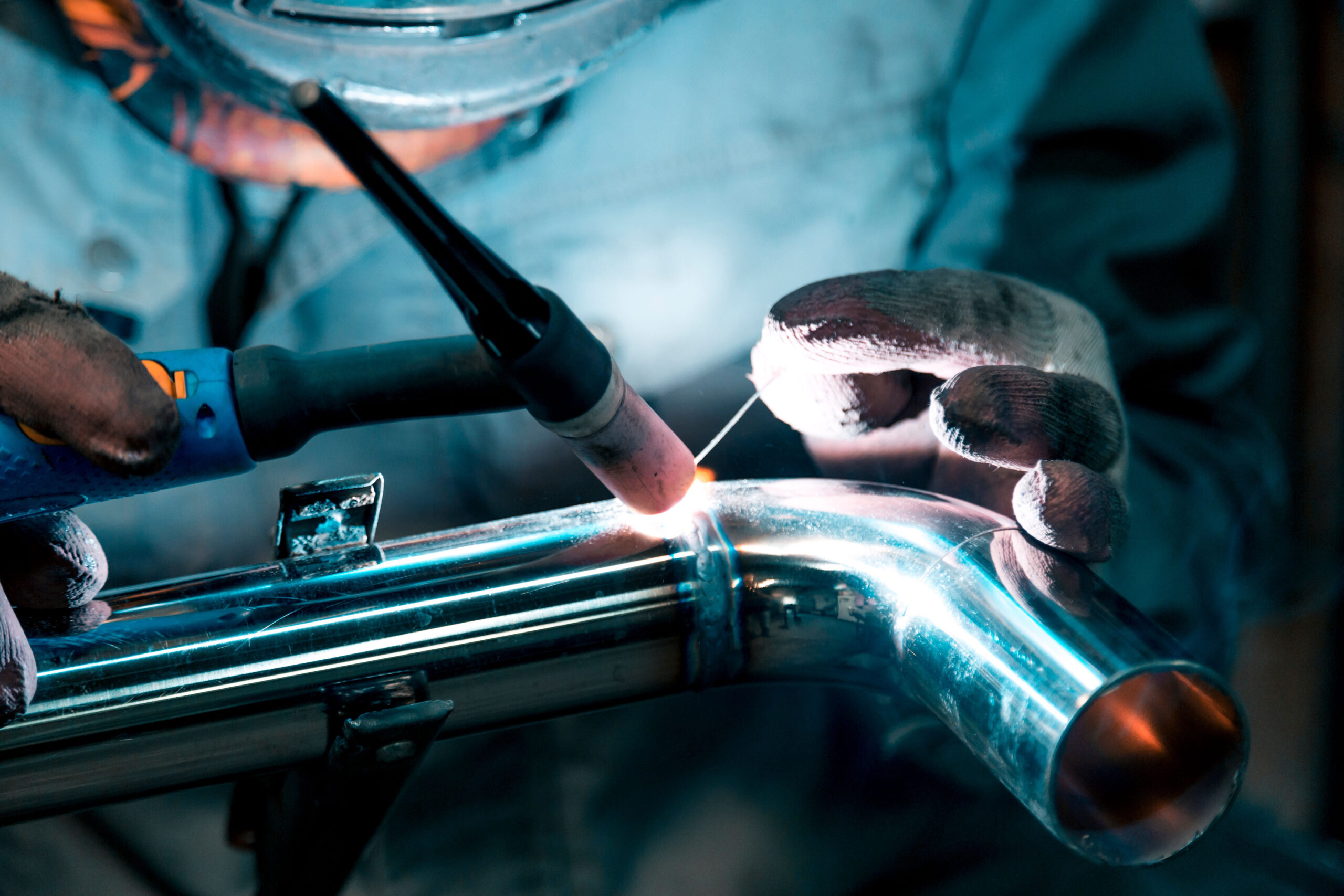The Ultimate Overview to Welding WPS Procedures: A Thorough Summary for Welders
In the elaborate world of welding, Welding Treatment Requirements (WPS) offer as the foundation of making certain high quality, consistency, and security in welding operations (welding WPS). As we delve into the different elements of a WPS and explore the complexities of credentials and accreditation, we will uncover the crucial role these procedures play in the realm of welding.
Significance of WPS Procedures
Recognizing the value of Welding Procedure Specifications (WPS) treatments is essential for making sure the top quality and integrity of bonded structures. WPS procedures function as a roadmap for welders, detailing the required actions, specifications, and materials called for to accomplish a sound weld. By sticking to WPS standards, welders can ensure uniformity in their work, resulting in structurally audio and reputable welds.
One of the key reasons that WPS treatments are necessary is their function in keeping weld top quality and honesty. Adhering to the specified welding parameters and strategies laid out in the WPS assists prevent issues such as porosity, breaking, or insufficient combination, which can compromise the strength and sturdiness of the weld. Additionally, WPS treatments are essential for guaranteeing compliance with market standards and codes. By complying with well established WPS guidelines, welders can show that their work fulfills the essential demands for security and quality, giving guarantee to customers, inspectors, and regulative bodies. Essentially, the value of WPS treatments can not be overstated, as they are basic to accomplishing consistent, high-grade welds that meet market standards and specs.

Parts of a WPS
A Welding Procedure Spec (WPS) usually comprises essential elements that detail the specific needs for carrying out a weld, making certain uniformity and high quality in the welding process. The vital parts of a WPS consist of necessary variables such as base metals, filler steels, preheat and interpass temperature levels, welding procedures, shielding gases, welding placements, and post-weld warmth treatment needs.
Base steels describe the products being joined, while filler steels are used to load the void between the base metals throughout welding. Preheat and interpass temperatures are crucial for managing the heat input and protecting against concerns like breaking or distortion. The welding process details the particular method to be used, whether it's gas steel arc welding (GMAW), protected steel arc welding (SMAW), or one more method. Protecting gases protect the weld swimming pool from climatic contamination. Welding positions specify the positionings in which welding can be executed. Post-weld warmth treatment may be needed to alleviate stress and anxieties and boost the weld's homes. A thorough understanding of these elements is important for creating a efficient and thorough WPS.

Certification and Certification
Having actually developed the essential elements of a Welding Procedure Specification (WPS), the focus currently moves in the direction of the crucial aspects of certification and qualification in welding methods.

Certification, on the various other hand, is the official recognition of a welder's qualifications by an appropriate qualification body or organization. Welding qualifications are normally based on the certain welding processes, materials, and placements a welder is certified to collaborate with. Holding a legitimate welding accreditation shows that a welder satisfies market criteria and is proficient to perform welding tasks to the called for specifications.
Producing a WPS
To establish a Welding Treatment Requirements (WPS) that meets market standards, careful consideration of welding processes, products, and operational parameters is vital. The very first action in developing a WPS is to recognize the welding procedure to be made use of, such as gas steel arc welding (GMAW) or secured steel arc welding (SMAW)

Implementing and Keeping An Eye On WPS
Upon finalizing the comprehensive Welding Treatment Specification (WPS) that diligently information welding procedures, products, operational parameters, and quality guarantee measures, the emphasis shifts to properly applying and keeping an eye on the recognized treatments. Implementation entails making sure that all welders involved in the task are familiar with the WPS and follow it thoroughly during the welding procedure. Effective application and surveillance of the WPS are crucial for ensuring the stability, strength, and security of the bonded joints, eventually adding to the general success of the welding job.
Final Thought
Finally, understanding and complying with Welding Treatment Specs (WPS) is critical for welders to guarantee quality, consistency, and safety and security in their work. By knowing the parts of a WPS, obtaining correct qualifications and accreditations, producing detailed procedures, and applying and monitoring them efficiently, welders can improve their skills and effectiveness in welding techniques. Complying with WPS procedures is vital for generating high-grade welds and conference industry standards.
In the elaborate globe of welding, Welding Procedure Requirements (WPS) offer as the backbone of ensuring quality, uniformity, and safety and security in welding operations. The welding procedure lays out the certain technique to be utilized, whether it's gas steel arc welding (GMAW), protected steel arc welding (SMAW), or one more approach.To create a Welding Treatment Requirements (WPS) that fulfills industry requirements, cautious consideration of welding processes, materials, and operational specifications is vital. The very first step in creating a WPS is to identify the welding procedure to be utilized, such as gas metal arc welding (GMAW) or shielded metal arc welding (SMAW)Upon completing the thorough Welding Treatment Requirements (WPS) that diligently information welding processes, products, functional parameters, and quality guarantee procedures, the emphasis websites changes to effectively applying and checking the well-known treatments.
Comments on “Maximizing Your Welding WPS: Strategies for Improved Efficiency and Performance”